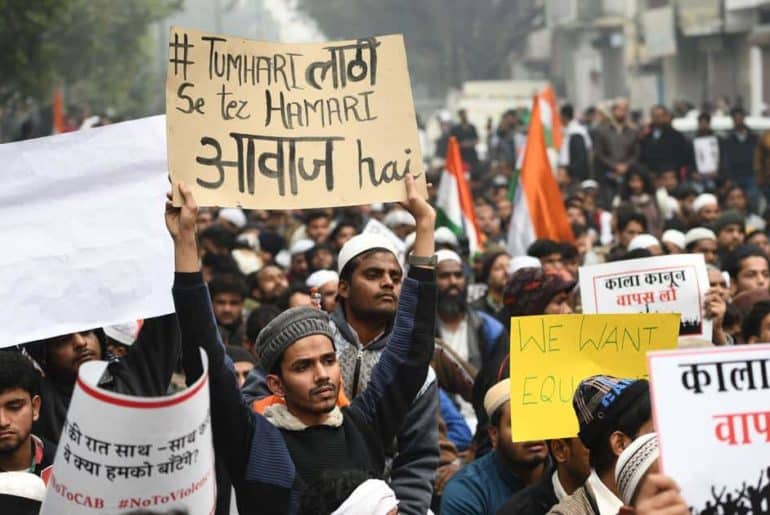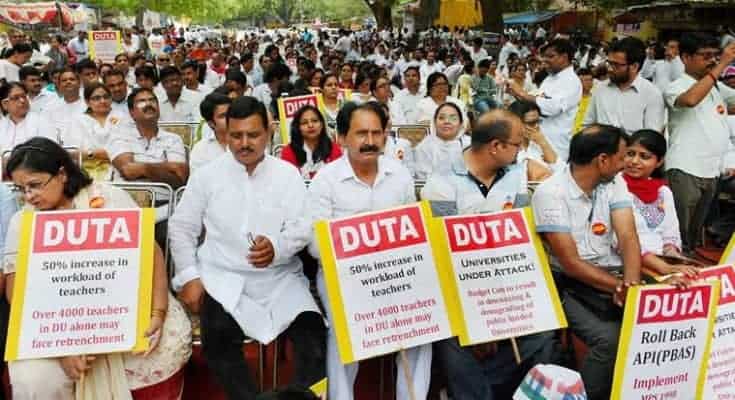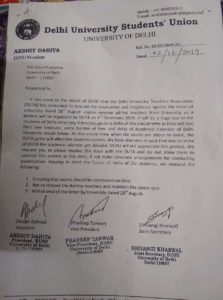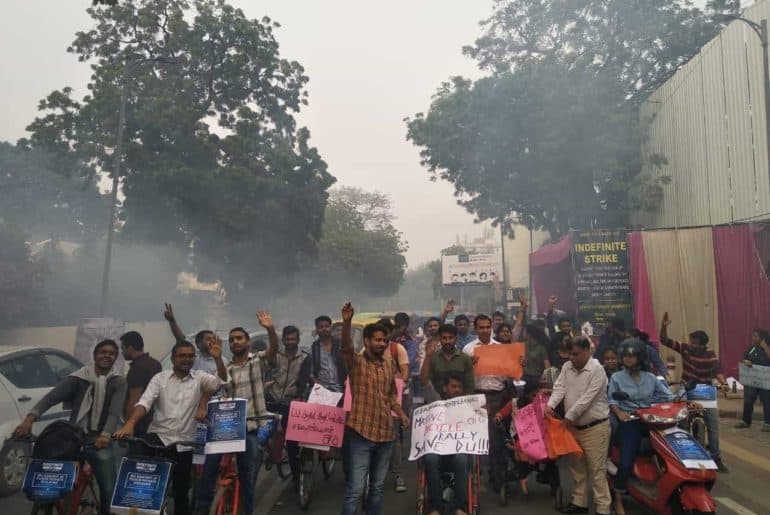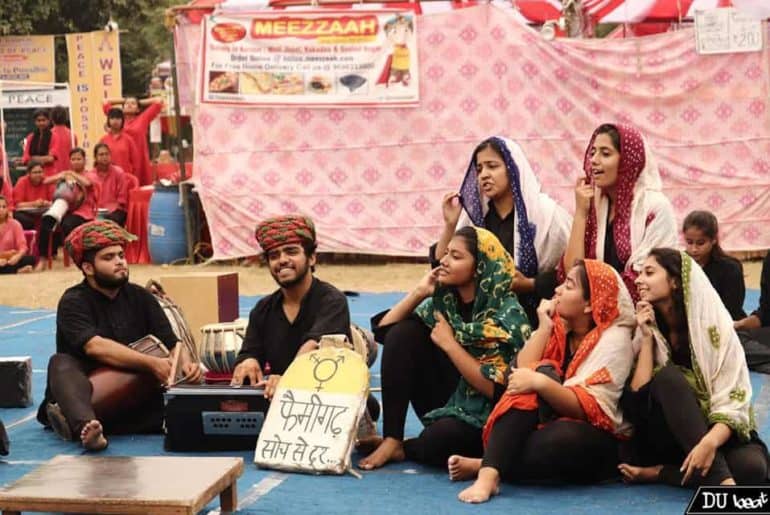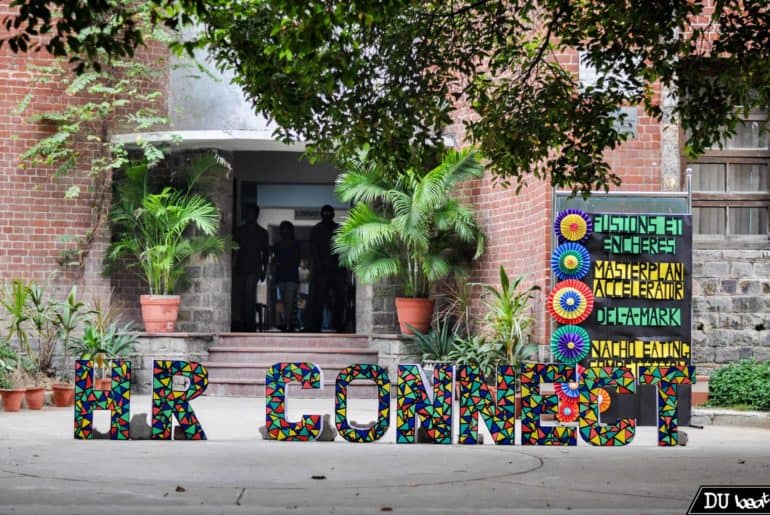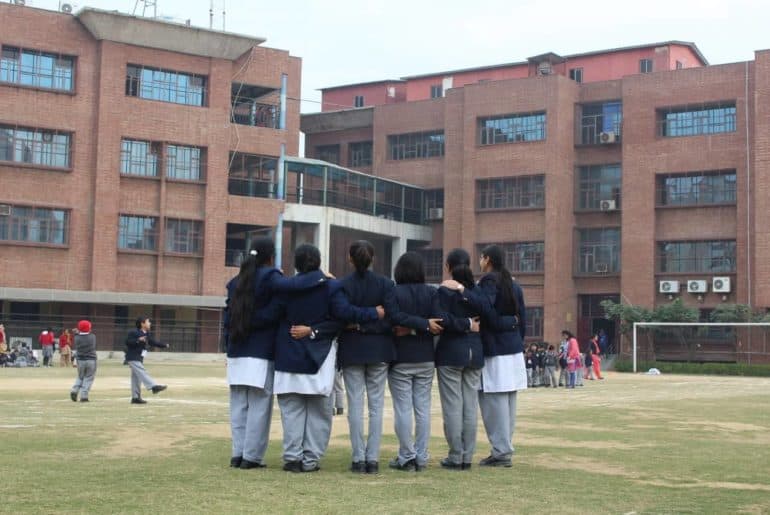On the 19th December 2019, the entire country came to the streets to protest against the Citizenship Amendment Act (CAA), and so did the citizens of the capital city of Delhi.
Initially, there were supposed to be two marches. The first protest from the Red Fort to the Shaheed Park, starting at 11 a.m, and the second protest from Mandi House to the Parliament Street, starting at 12 a.m. IA cautionary precursors, people shared numbers of legal help and emergency protocols for protests on social media to spread awareness. However, as people all over Delhi were enthusiastically choosing where to go, it turned out that the protest at the Red Fort was denied permission by the Police citing security reasons.
On the morning of the 19th, the Delhi Metro Rail Corporation gradually started closing all the pivotal stations near the protests: Jamia Milia Islamia, Lal Quila, Jama Masjid, Vishwavidhayala, ITO. Soon, the Mandi House station was closed too. The Protesters heading to Mandi House received tips that police were arbitrarily detaining protesters before the protest had even started.
Meanwhile, Delhi Police had already started detaining people at the Lal Quila as well. Among those detained, Yogendra Yadav, a political leader, was also present.
Soon, the police spread out of Mandi House where they continued to detain protesters who had gathered nearby. Further news of Internet and Airtel and Vodafone network blockades, the shutting down of 21 metro stations, and 100 road blockades aggravated the sense that the government was actively trying to quell another peaceful protest before it even began.
It was found out that the detained were being taken to Rajiv Gandhi Stadium in Bawana in Haryana, far away from the location of the protests.
Through word of mouth and WhatsApp, the protesters who were not detained and those who had gotten off at adjoining metro stations were told to assemble at Shaheed Park. However, even this was met by a police blockade and lathi charges, including one very close to Barakhamba.
In a remarkable show of student solidarity and organization, against a Government actively trying to quell them by blocking their options, various student political parties and others got together in the spur of the moment. The protest which had already changed destinations thrice, finally led to Jantar Mantar.
Finally, after a shaky start, the protest at Jantar Mantar proceeded powerfully. The ground was heavily blockaded by the police, with a water cannon in place, in case things go awry. The land was echoing with the cries of ”Gali Gali me nara hai, Hindustan humaara hai” and “Modi-Shah ki Tanashahi, Nahi Chalegi-Nahi Chalegi”.
People were carrying creative posters saying “Student Unity Long Live”, “Orange is the New Black” and “Media more like Modia”.
There were people from all walks of life, from students to middle-aged men and women, united for a common cause. Among those present were parties like Krantikari Yuva Sangathan, Students’ Fderation of India, All India Students’ Association, and Communist Party of India. Eventually, the metro stations of Rajiv Chowk, Barakhamba Road, and Janpath, the three closest to the protest grounds were also closed. Despite that, people still managed to come in heavy numbers and join the protest.
Amongst heavy police presence in Jantar Mantar, the protests carried on for hours where the voices of our generation and those against the fascist government were heard loud and clear throughout Delhi and the Nation.
Feature Image Credits: Scroll
Satviki sanjay
Prabhanu Kumar Das

